Chervil Profile
Written by admin
Nov 03 2020
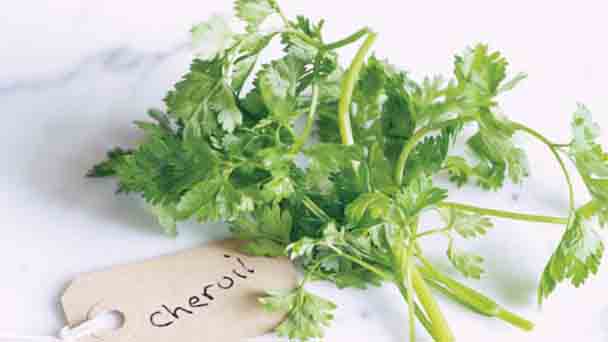
Chervil, an annual herb, is one of the common farm weeds. It often grows in farmland such as wheat, corn, soybeans, cotton, etc., and affects the normal growth of crops. It may also become a host and source of infection for many pathogens and pests.
Chervil morphological characteristicsChervil growth habit and growing environment and distributionChervil efficacy and roleNutritional analysisTherapeutic effectChervil CultivationBiological characteristicsIntroduce proliferation causes and harmControl Method
Chervil morphological characteristics
Chervil is 30--45cm high, with many branches and hairless stems. It is triangular-ovate in the basal leaf, expanded into a membranous sheath at the base, with 3--4 pinnate divisions and the final lobes are linear to filamentous. The stem leaves of chervil are often divided into three pinnately. The terminal and lateral compound umbels have no general pedicels or slightly short stalks; no bracts, white or green-white petals, ovoid. The fruit is heart-shaped and ovoid, and the split fruit has 5 edges, round edges, and a very short style.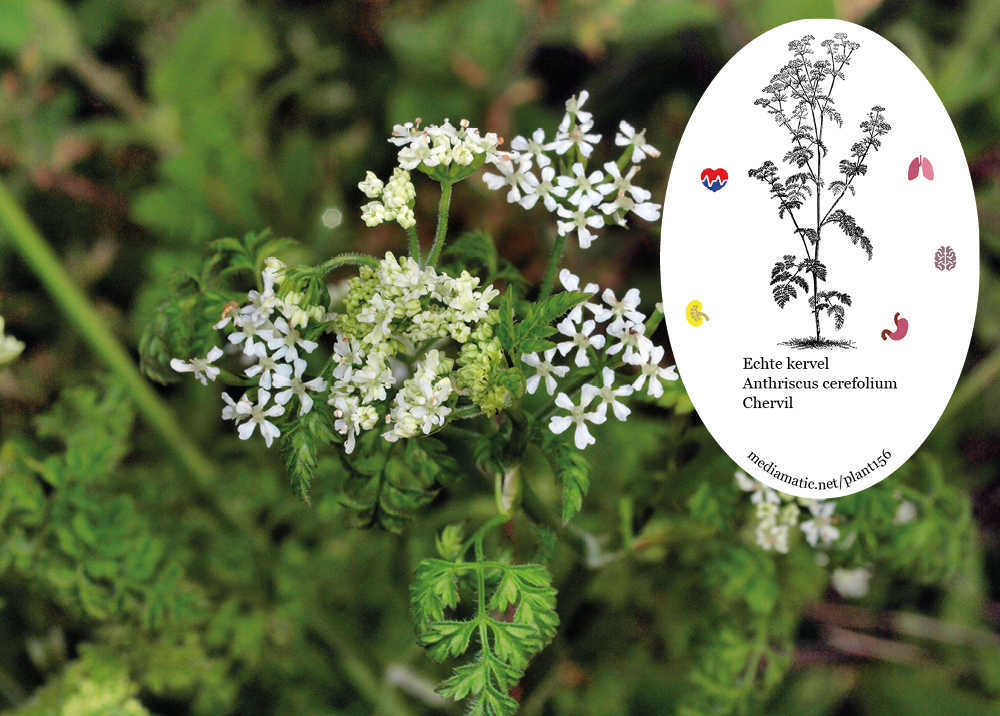
Chervil growth habit and growing environment and distribution
Chervil is produced in Yunnan (Dali, Weixi), Sichuan (Leipo, Hongxi), Tibet. It grows under mountain stream forests and roadside grasslands; altitude is 2100-2800 meters, distributed in Nepal and India.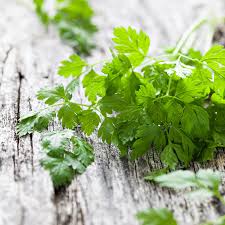
The current distribution of China is mainly in Zhejiang, Shanghai, Jiangsu (southern), Fujian, Taiwan, Guangdong, Hong Kong, Guangxi, Hubei, and Hunan.
Chervil efficacy and role
Nutritional analysis
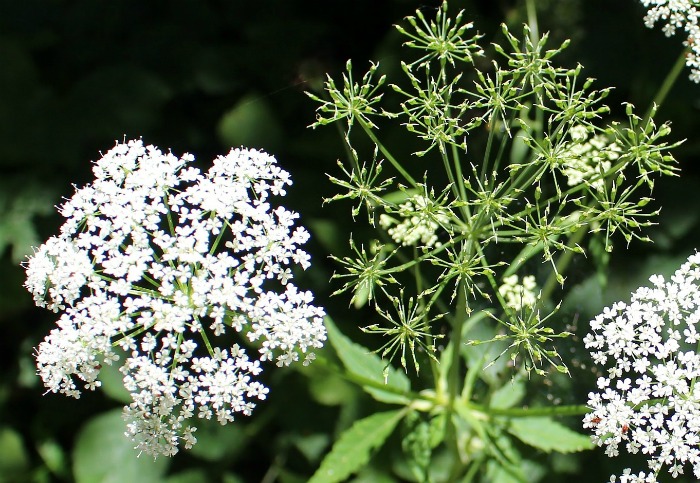
Therapeutic effect
Chervil is sweet and has the smell of parsley. The long leaves in the half shade are more scented. It has the effect of stimulating circulation, relieving joint pain, and has a certain auxiliary treatment effect on mucositis.Chervil Cultivation
Biological characteristics
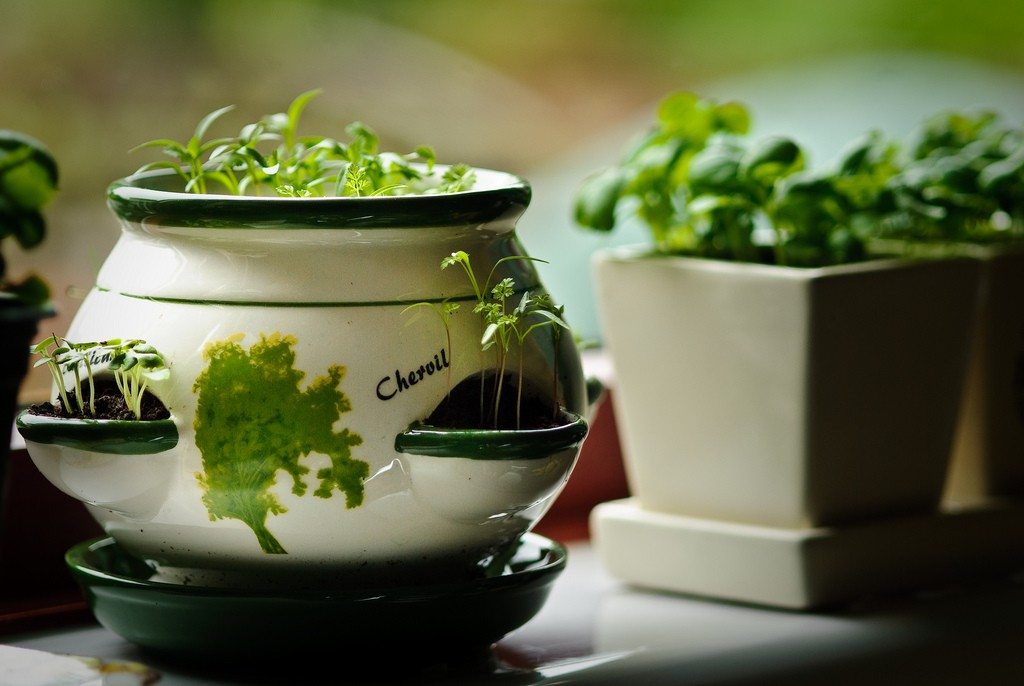
Introduce proliferation causes and harm
It was discovered in Hong Kong at the beginning of the 20th century that seeds were often mixed with imported vegetables, especially chervil and carrot seeds. This species is one of the common farmland weeds. It often grows in farmland such as wheat, corn, soybeans, cotton, etc., affecting the normal growth of crops, and may also become a host and source of infection for a variety of pathogens and pests.Control Method

Latest Updated
- Benefits of Bugleweed - 7 Science-backed Health Benefits
- Bugleweed Dangers & Side Effects - Is It Poisonous?
- How to Plant Evergreen Trees - What You Should Know
- When to Plant Evergreens - Grow Guide for Evergreen Trees
- 12 Wonderful Evergreen Shrubs for Your Garden
- 12 Popular Evergreen Plants with Pictures for Beginners
- When And How To Prune A Lilac Bush Like a Pro
- How to Grow & Care for Lilac Vine (Hardenbergia Violacea)
- Japanese Lilac Tree (Syringa Reticulata) Care & Propagation Guide
- Shumard Oak Pros and Cons - What to Know
Popular Articles
- Winter maintenance of Antirrhinum Majus
- How to Grow Terminalia Mantaly Tree
- How to Grow and Care for Crossostephium Chinense
- How to grow Antirrhinum Majus in spring
- Peristeria Elata (Dove Orchid) Profile: Info & Care Guide
- Underwatered Snake Plant (Sansevieria Trifasciata) - Signs And How To Fix
- How to Care for Brazilian Jasmine Plant (Mandevilla Sanderi)
- How to Grow & Care for Graptopetalum Purple Delight in Summer
- Rosa Chinensis (China Rose): Plant Growing & Care Tips
- How to Care for Baby Sun Rose (Aptenia Cordifolia)